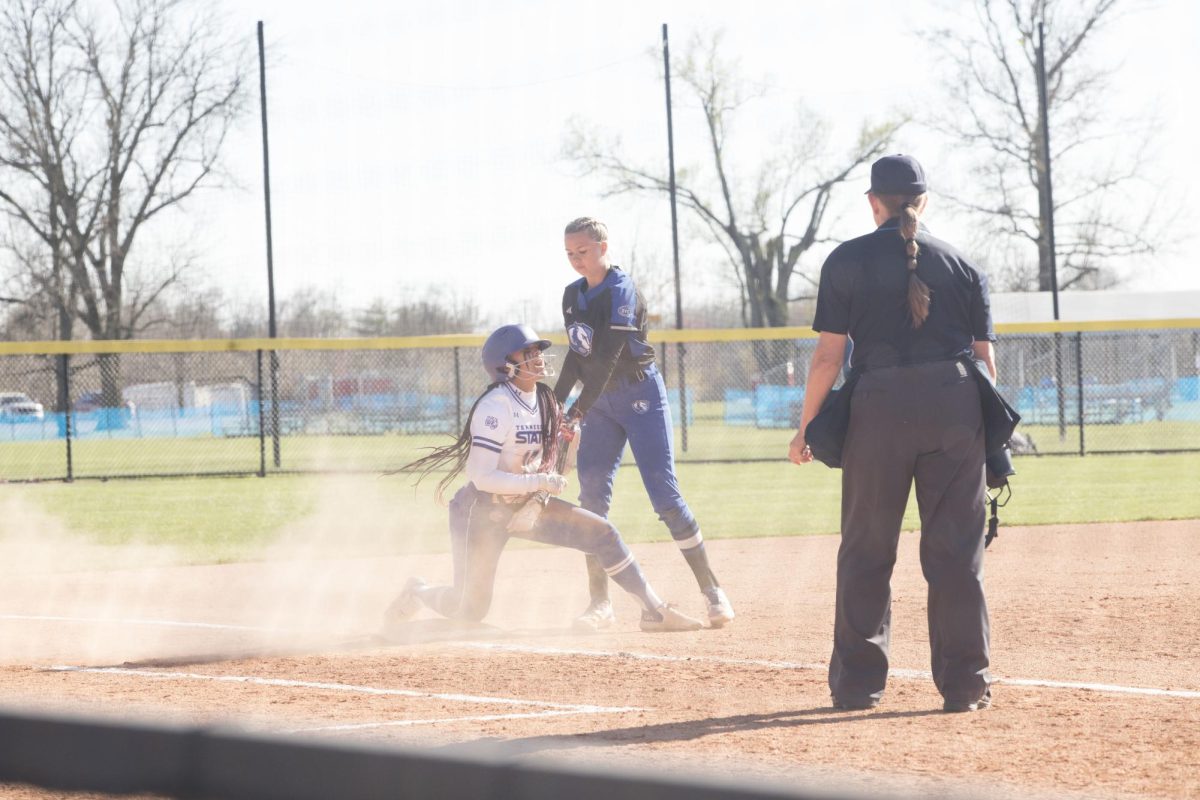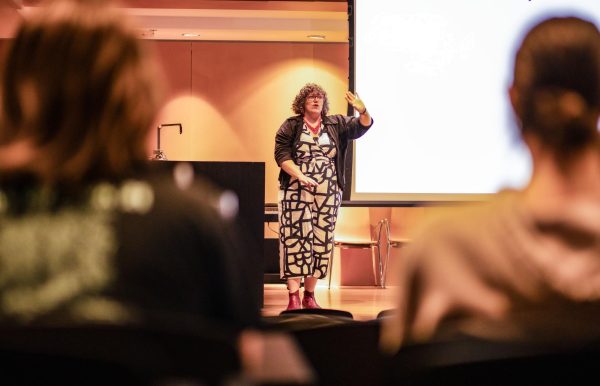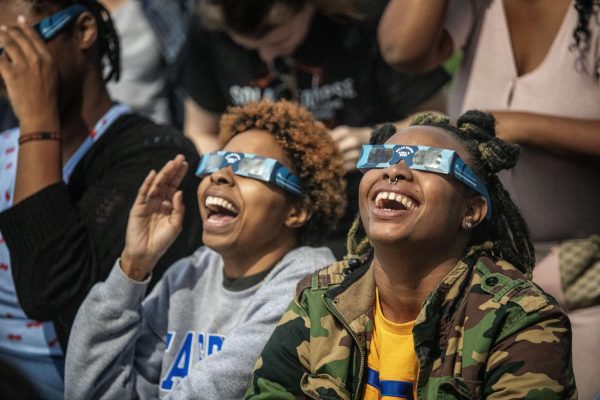Only national student exchange within state at Eastern
December 11, 2014
The only National Student Exchange program within Illinois has made its office on the second floor of the Honors College on Eastern’s campus for seven years.
Tom Spencer, Eastern’s national student exchange program coordinator, said the program has more than 200 universities participating across the United States, Canada, Guatemala, Puerto Rico and the Virgin Islands.
The program, much like an international student exchange, allows schools within the U.S. to trade students from state to state either for an entire year or a specific semester.
“It’s a very flexible program,” Spencer said.
Spencer said when the program began at Eastern in 2007, for the full academic year the institution sent 13 students to various campuses across the nation. Currently, the program has exchanged four students; two are in Hawaii, one in Oregon and another in Arizona.
Illinois State University was one of the three schools to first start the program in the state, but it eventually dropped the program, Spencer said.
Students who decide they want to enroll in the program spending a semester or full year at another institution can do so in two different ways. If the school of the student’s choice is on the list for the program they can apply.
Spencer said students can pick up to three schools so there are other options if they don’t get their first choice, but most students get their first choice and he has negotiated with institutions before on exchanging students.
Spencer said when it comes to costs, students can choose two different payment plans—A or B. Plan A is when the student pays the state tuition for the school of their choice while enrolled for the semester, and Plan B, which is harder to get, is when the student pays Eastern’s tuition while enrolled at another institution.
Schools who agree to Plan B are essentially taking in those students without gaining any income, spencer said.
Spencer said students might live on or off campus at the school of their choice, but they must first speak to the student exchange coordinator about those details; however, he said he has found that Eastern’s housing costs seem to be at a more reasonable price compared to other institutions, but everything is rather flexible. Some who do wish to live on campus at the other school while in the program may be roomed with international students.
It is advised students pick a different environment and location when choosing a school for the program so that they may possibly learn a new culture and meet new people, which is one of the benefits of the program.
Students can use the time enrolled at a new school in a different environment than what they’re used to and strike out on their own.
“It’s part of the experience—to go to a different place,” Spencer said.
Spencer said aside from the obvious benefits, students will be away from home—some further away from Eastern, which is an environment they may be comfortable with and many students choose to go to larger schools.
Spencer said the program also offers a Resident Assistant exchange, where they can exchange RAs for a year or semester, but that process is a little different than the standard exchange.
“It’s a more complicated process,” he said.
He said those who wish to exchange via RA style need to have their applications in earlier and might need to do additional interviews, but not every institution does this.
If students wish to enroll in the program, they must first apply and the cost is a non-refundable $150, but there are scholarships. The sooner students apply, the easier they can be placed. The deadline to apply for fall 2015 semester is in February, Spencer said.
Roberto Hodge can be reached at 581-2812 or [email protected].














































